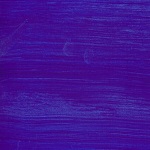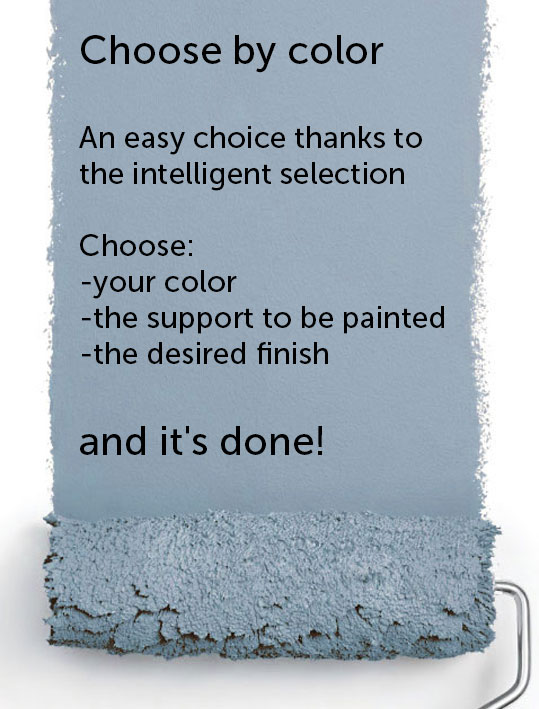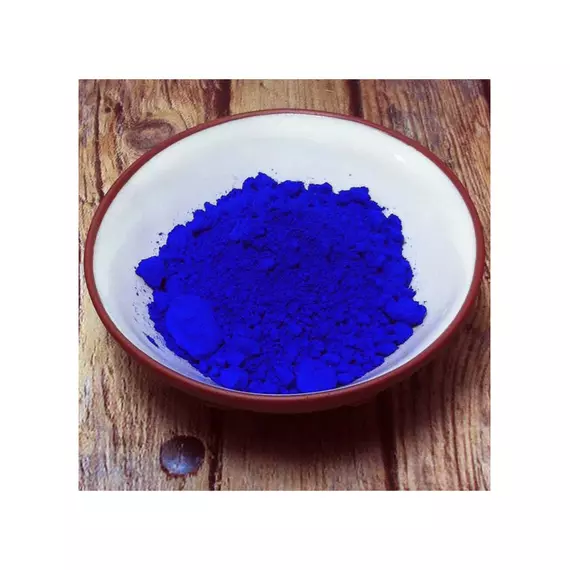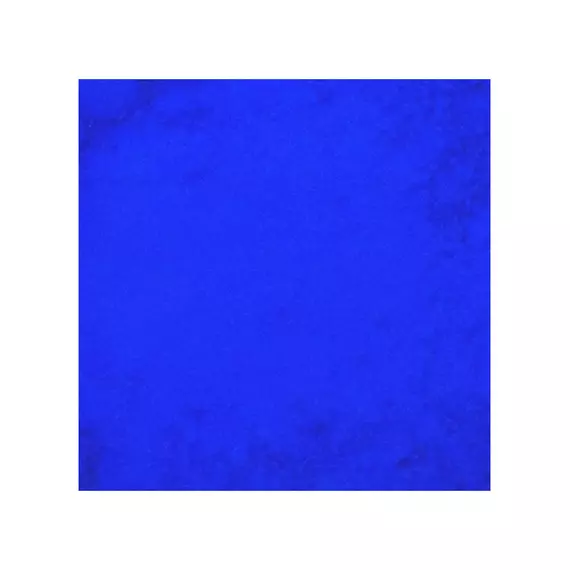natural pigment powder: Ultramarine Blue
- — Postcard, Visa et MasterCard
- — TWINT
- — Billing
- — Bank transfert
Ultramarine blue is a synthetic pigment that is harmless to health and the environment. Like the other ultramarines, it has a beautiful lively and sustained hue. Its incomparable depth makes it an essential pigment in the world of fine arts. It is also called "majorelle blue".
Use : lime, wax, paint, plaster, fresco, glaze, cement, fine arts.
This pigment is powder. For use in artistic painting, it should be ground finely in a mortar before mixing it with the binder.

Ultramarine blue mixed in linseed oil
Linseed oil: dissolve the powder in a little turpentine before incorporating it into the linseed oil.
Water paint / lime putty: dilute the pigment in a little water to make it liquid before incorporating it into the paint.
Powdered lime / cement / plaster: directly incorporate the pigment (up to 10% in relation to the weight of the binder), then mix so as to tint all of your binder.
Recommended dosage: The maximum dosage is 10% in relation to the binder used. Beyond 10%, it is recommended to incorporate fixatives and adjuvants (use of lime).
Colours : warm, deep blue, verging on purple with a transparent binder. Lighter with a white binder, the trend towards purple is accentuated.
This pigment is 100% synthetic, harmless to health and the environment.
Made in England.
History : ultramarine blue was once obtained by grinding lapis lazuli, a fine stone resulting from volcanic fusion from Afghanistan. It is found in China, Tibet but also in Egypt in antiquity. In the Middle Ages, it was used for illuminations. During the Renaissance, this pigment was so expensive that artists made their patrons pay them directly! It was replaced by a synthetic pigment in the 19th century. At that time, 6000 francs of reward were promised to whoever would discover the means of manufacturing ultramarine blue synthetically. It was Jean-Baptiste Guimet, an industrialist from Lyon, who received the award in 1828. The reputation of Guimet blue became worldwide through its use in paints and for bluing paper and linen.





